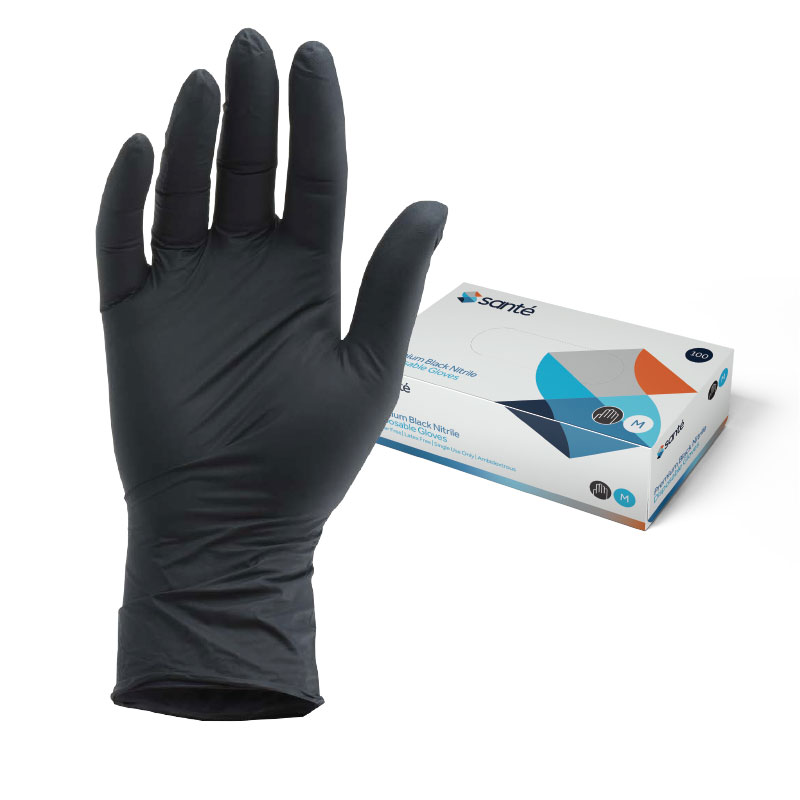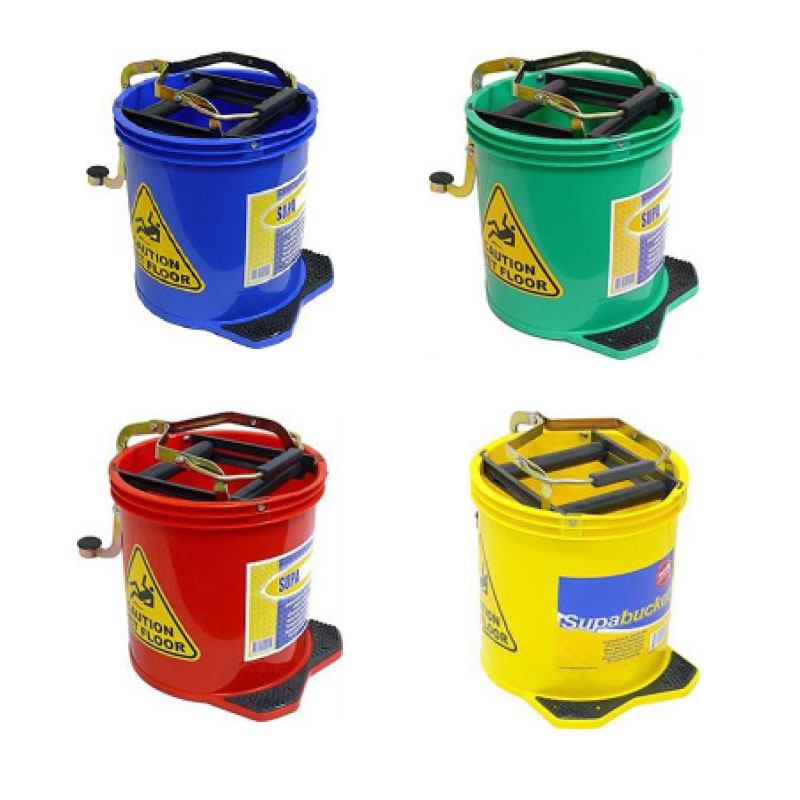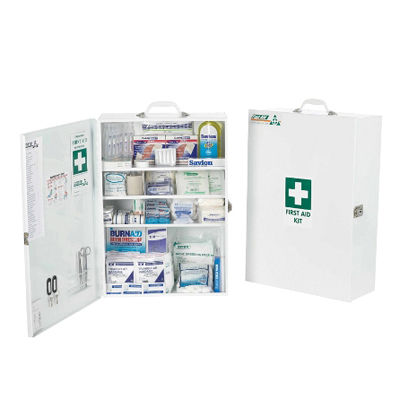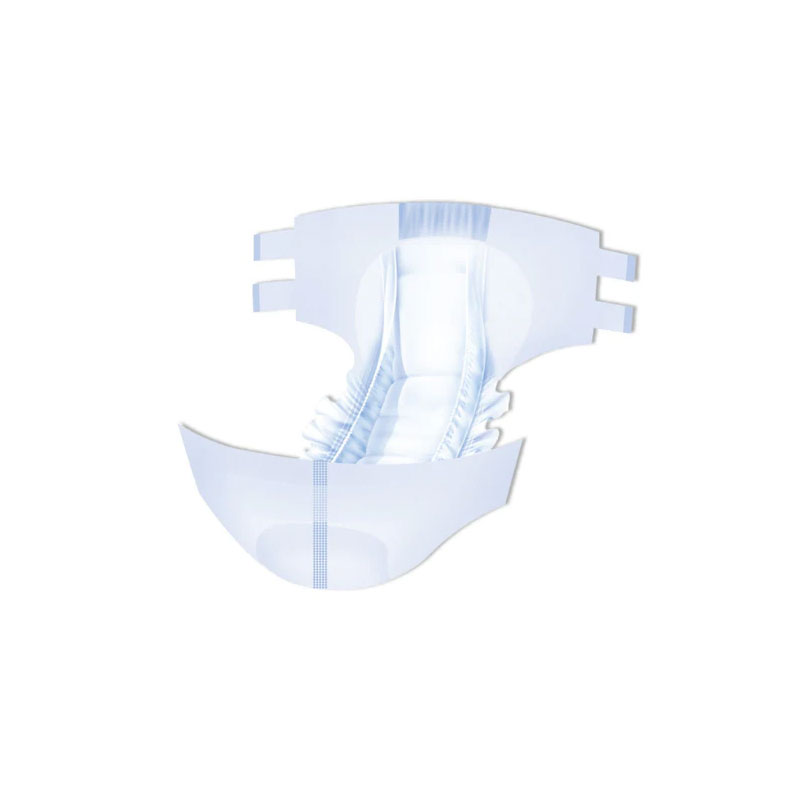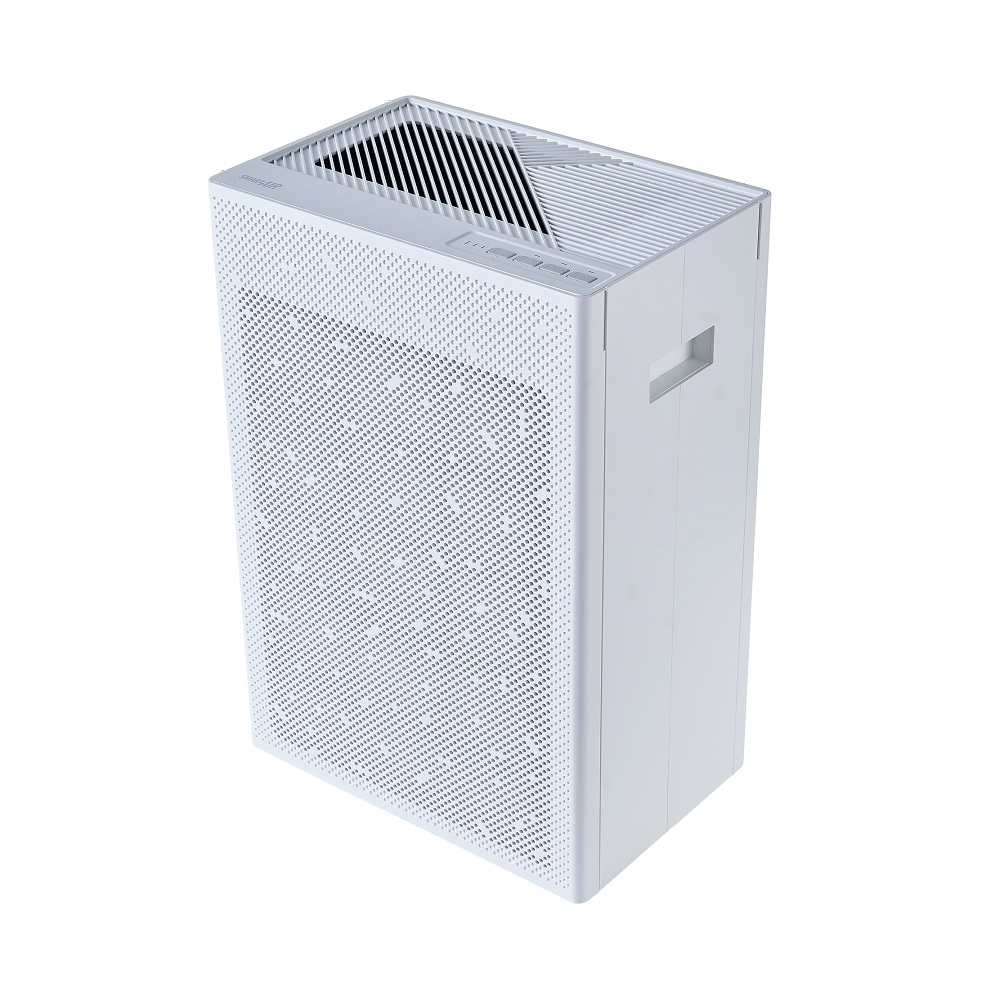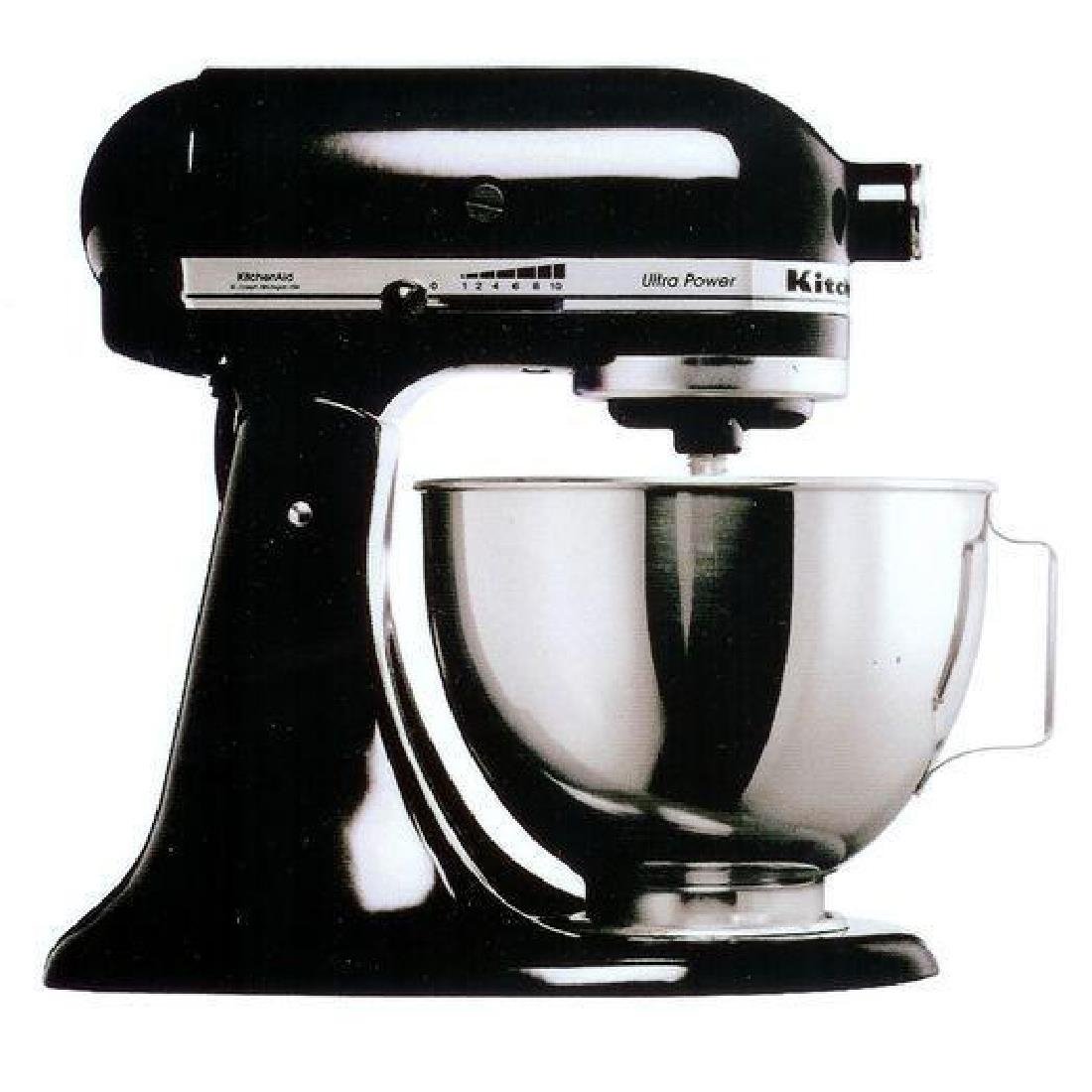When to Replace HEPA Filters?
HEPA filters are an essential component of air purifiers, as they help to remove impurities and allergens from the air, creating a cleaner and healthier environment. However, to maintain their effectiveness, HEPA filters need to be replaced periodically.
So, when is the best time to change your HEPA filter?
There are many factors that determine the lifespan of your HEPA filter (location, speed used, time used, etc). Air purifier companies often give little explanation for where they came up with their numbers. The best way to know when to replace your HEPA filter is with the use of an inexpensive air quality monitor.
An air quality monitor can be used to ensure the air in your home, clinic or office is at safe levels.

The amount of air an air purifier can clean is given by its CADR (Clean Air Delivery Rating). The higher a CADR, the more air the air purifier can clean per hour.
A HEPA filter’s performance reduces over time.
By periodically checking your air quality, you can ensure two things. Firstly, you won’t need to prematurely replace your filter. Secondly, you will be made aware of when to replace them before there is a major reduction in filter effectiveness.
If you do not have a monitor, try the following techniques:
Time-Based Replacement
The most straightforward way to know when to replace your HEPA filter is by following the manufacturer’s recommended replacement schedule. This is typically based on the number of hours of operation, and most HEPA filters are designed to last anywhere from 6 months to a year.
Decreased Airflow
If you notice a decrease in airflow from your air purifier, it could indicate that the HEPA filter is clogged and in need of replacement. A decrease in airflow can lead to increased energy consumption and reduced effectiveness, as pollutants and allergens are no longer being removed from the air.
Increased Allergen Exposure
If you or someone in your household or office experiences increased allergy symptoms despite using an air purifier, it could be due to a dirty HEPA filter. Replacing the filter can help to alleviate these symptoms by removing allergens from the air.
Visual Inspection
If you don’t have a set replacement schedule, you can check the condition of the HEPA filter visually. If the filter looks dirty or discoloured, it’s time to replace it. A clogged filter can reduce the air purifier’s efficiency, allowing pollutants and allergens to pass through.

In conclusion, it’s important to replace your HEPA filter regularly to maintain the efficiency of your air purifier and ensure that it’s removing pollutants and allergens from the air. An air monitor is strongly recommended. Alternatively, by following the manufacturer’s recommended schedule, checking the filter visually, monitoring airflow, and watching for increased allergen exposure, you can know when it’s time to change your HEPA filter.
BST Health supplies a full range of the SmartAir air purifiers and their filters.
